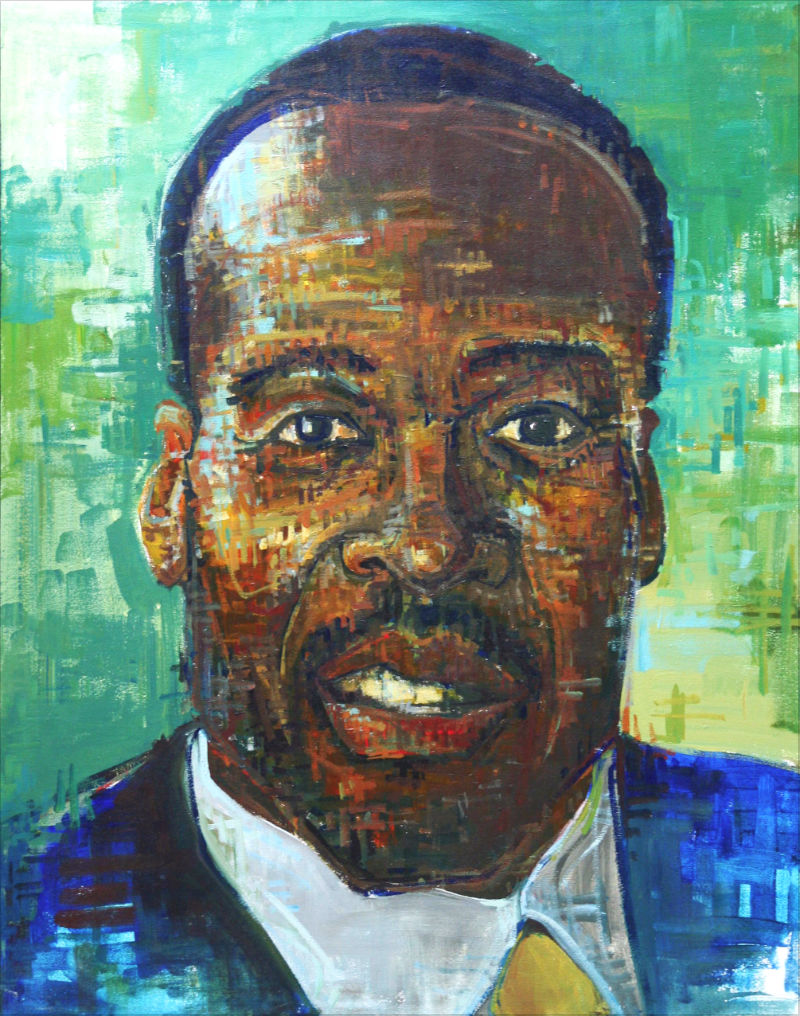Blog / 2010 / The Expert Versus the Model
March 1, 2010
When I was a senior in college, I attended a lecture by a visiting artist. I had been to similar talks before, but I walked into the lecture in 2002 with an agenda. I wanted to pick the artist’s brain for everything she had done to make the transition to professional in her first few years out of school. Imagine my disillusionment when the artist responded to my questions with “I don’t remember” and “I sort of fell backwards into a lot of opportunities.”
With that kind of guidance from peers, it’s no wonder that artists look to experts for direction, and the experts have noted the need. Our field has become so full of career coaches that there’s hardly room left for the people who actually make art. But, while these artist advocates may be filling a hole in their market, they aren’t everything they’re cracked up to be. No matter how researched and accomplished creative coaches may be, they still aren’t models of their expertise.
They have to tell us what to do because they can’t show us how to do it.

Lee Pelton
2003
acrylic on canvas
38 x 30 inches
In 2002, I may not have had a blueprint to go by, but that didn’t mean I wasn’t going to make the transition to professional. And this painting was my first step: it was my first business-minded artistic act.
Not long after the disappointing artist lecture, I approached my University’s President about doing his portrait because I realized that adding a recognizable face to my portfolio would be vital to making a living as a portrait artist. This piece means a lot to me. It is a reminder of what it felt like to be starting out, casting about for artist role models.
When I started my blog, I wanted my blog to be the opposite of what that visiting artist had been to me. I wanted it to be a way to share what I had learned over the years as well as everything I was still learning, but from the very beginning I was careful. I wrote in the first person instead of in the third.
Saying “you” makes what I write advice, and it separates me from my audience in an unnecessary way. It automatically turns me into a bit of a despot, giving orders and sounding patronizing. It also implies that I require that remove, that I need to prove that I’m an expert. On the other hand, saying “I” means speaking from experience. It means that I don’t ever have to be right—just right for me and informative for you.
UPDATE
June 1, 2016
You can now hire me as an artist guide! I have officially joined the ranks of art career coaches, not so that I can tell you what to do instead of showing you, but so that I can listen to you and help you see more clearly where you want to go.
Maybe this post made you think of something you want to share with me? Or perhaps you have a question about my art? I’d love to hear from you!
To receive an email every time I publish a new article or video, sign up for my special mailing list.
If you enjoyed this post, Ko-fi allows you to donate. Every dollar you give is worth a bajillion to me!



